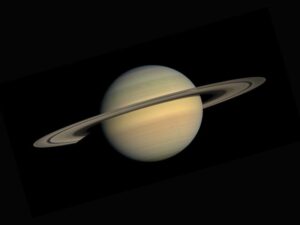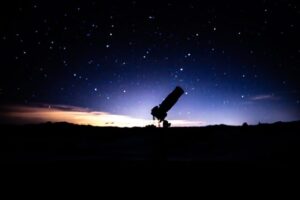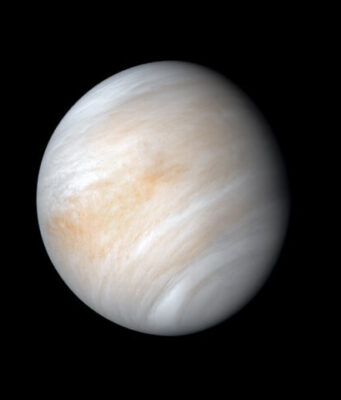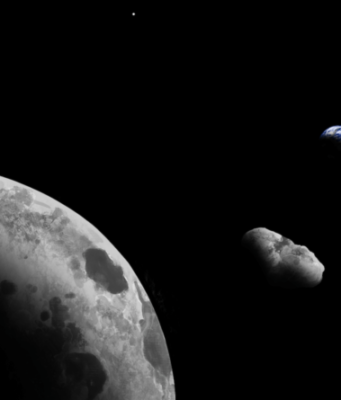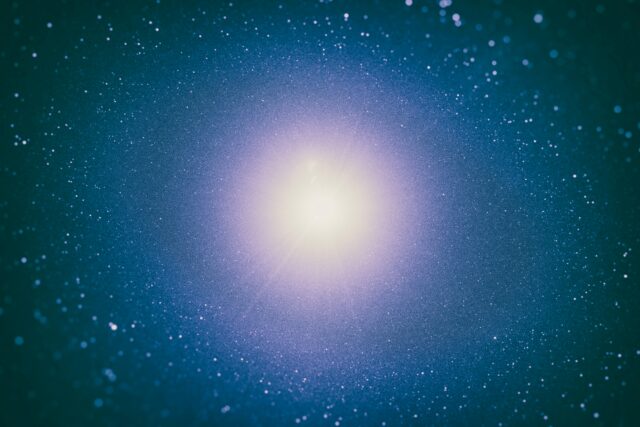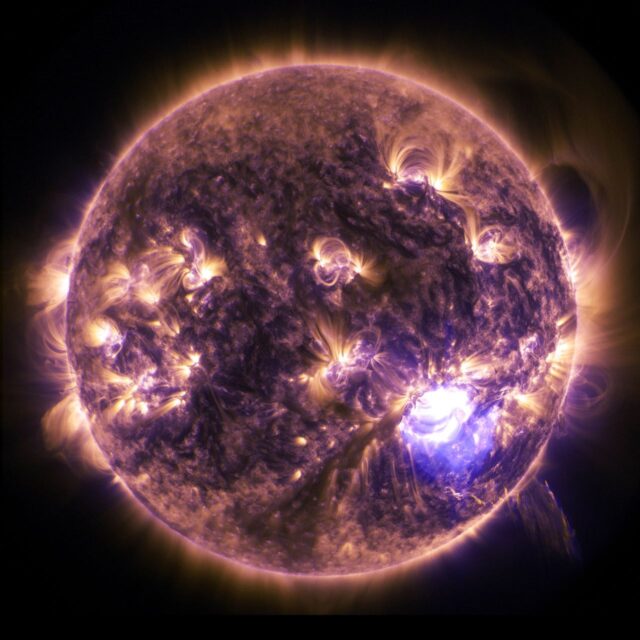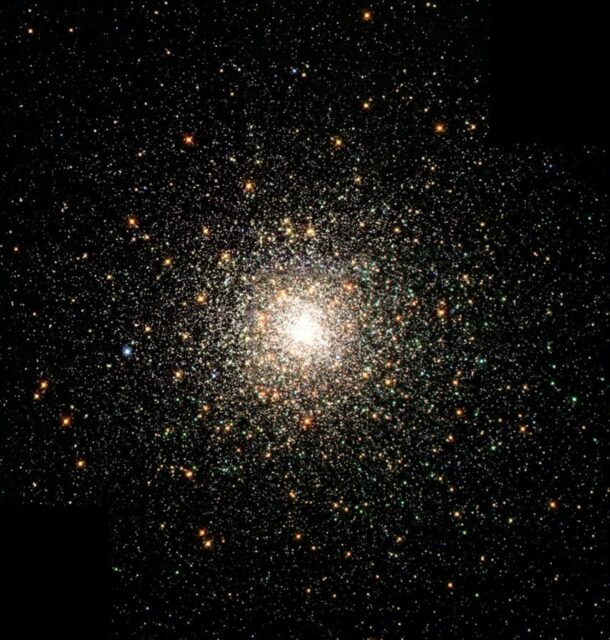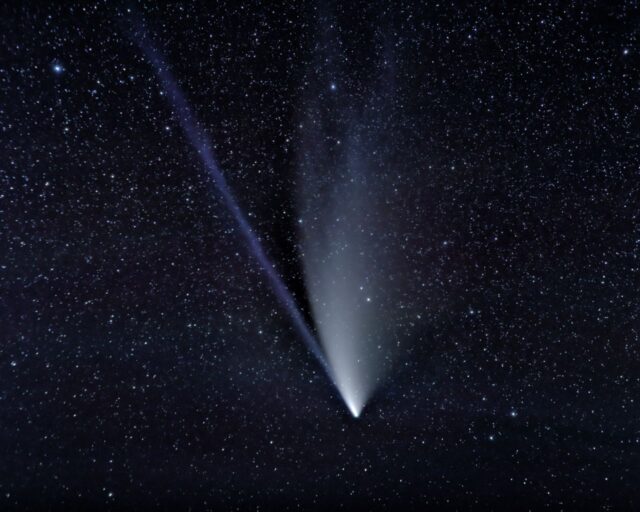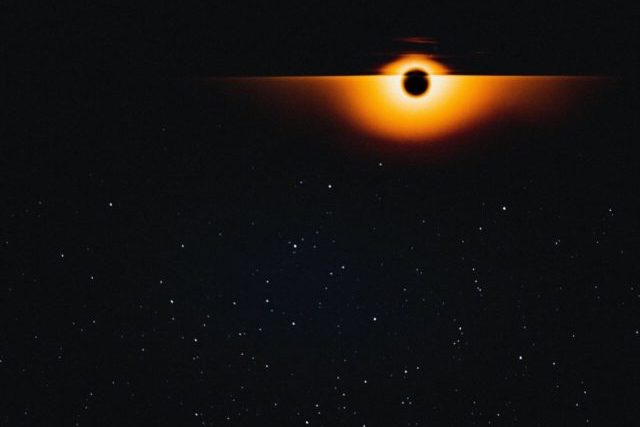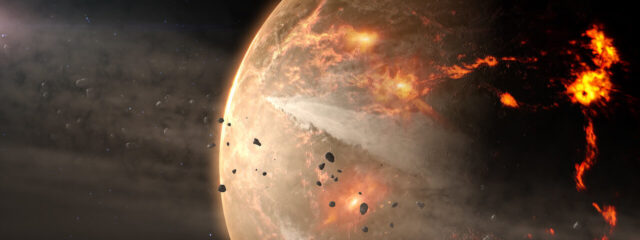Astronomers have found a stellar corpse often called a white dwarf that’s roughly the scale of Earth’s moon. White dwarfs are the collapsed remnants of stars that were once about eight times the mass of our Sun or lighter.The...
New findings from a team using the international Gemini Observatory and the WIYN 3.5-meter Telescope at Kitt Peak National Observatory suggest that Earth-sized worlds could be lurking undiscovered in binary star systems.Some exoplanet searches could be missing nearly half...
Analysing images from the Hubble and Spitzer Space Telescopes, the researchers calculated the age of these galaxies as ranging from 200 to 300 million years, allowing an estimate of when their stars first formed.
Cosmic dawn, when stars formed for...
A cluster of comet fragments believed to have hit Earth nearly 13,000 years ago may have shaped the origins of human civilisation, research suggests.
Possibly the most devastating cosmic impact since the extinction of the dinosaurs, it appears to coincide...
Research shows that certain galaxies deviate from foundation theories of gravity. Scientists are looking into the possibility of relearning gravity in order to understand the universe.
For many years now, astronomers and physicists have been in a conflict. Is the...
The most accurate distance measurement yet of ultra-diffuse galaxy (UDG) NGC1052-DF2 (DF2) confirms beyond any shadow of a doubt that it is lacking in dark matter. The newly measured distance of 22.1 +/-1.2 megaparsecs are based on 40 orbits...
A team of astronomers have now published new images of the star’s surface, taken using the European Southern Observatory’s Very Large Telescope (ESO’s VLT), that clearly show how its brightness changed. The new research reveals that the star was...
Galaxies reside in filaments hundreds of millions of light-years long, on a backbone of dark matter. And, where those filaments meet, there are galaxy clusters. Between them are massive voids, where galaxies are sparse. A team of astronomers in...
Not only the 11-year cycle, but also all other periodic solar activity fluctuations can be clocked by planetary attractive forces. With new model calculations, they are proposing a comprehensive explanation of known sun cycles for the first time. They...
Astronomers have spotted a giant 'blinking' star towards the center of the Milky Way, more than 25,000 light years away.
An international team of astronomers observed the star, VVV-WIT-08, decreasing in brightness by a factor of 30, so that it...
New research finds that the target asteroid of NASA's Psyche mission may not be as metallic or dense as previously predicted, hinting that it might not be an exposed planetary core after all.
The widely studied metallic asteroid known as...



